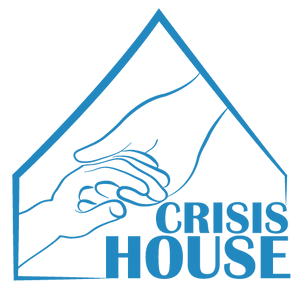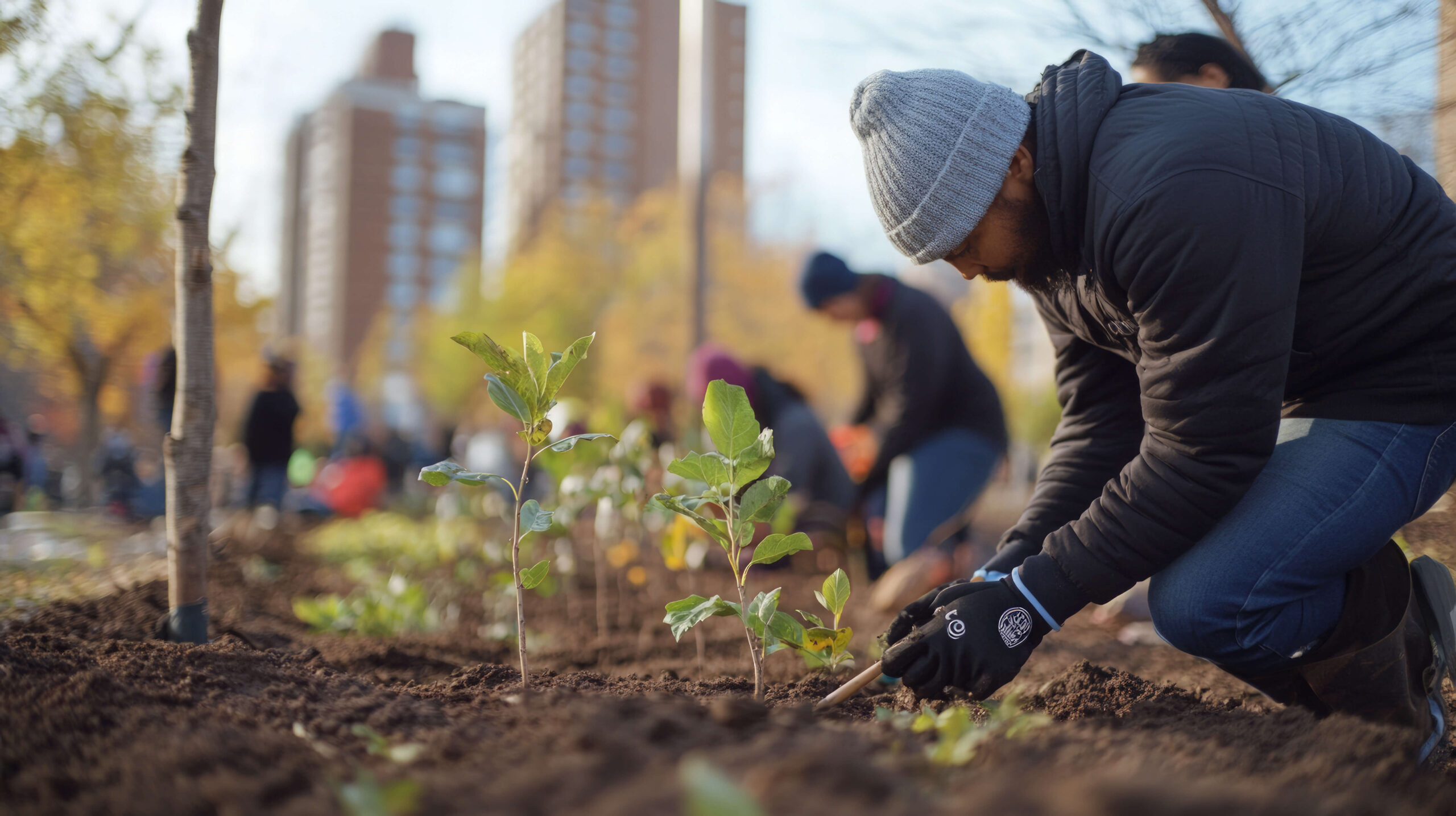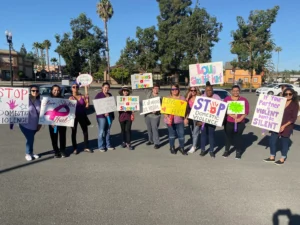When we talk about homelessness and gentrification, we often focus on the human toll — displacement, housing insecurity, and the erosion of community. But one consequence that often goes overlooked is the environmental impact.
At Crisis House, we work every day to support individuals and families facing the effects of systemic inequality. Understanding the environmental consequences of homelessness and gentrification helps us advocate for more sustainable, compassionate solutions.
Displacement Leaves a Footprint
When individuals are forced into homelessness due to rising housing costs, their lives are no longer centered in stable housing. This instability leads to increased environmental strain:
- Increased waste: Without access to regular waste disposal services, unsheltered individuals may have no choice but to dispose of waste in public areas.
- Loss of access to water and sanitation: The absence of clean water sources leads to environmental contamination — affecting public health and nearby ecosystems.
- Reliance on temporary structures: Tents and makeshift shelters degrade quickly, contributing to plastic and fabric waste that municipalities often struggle to manage.
Explore how Crisis House provides critical services to those experiencing homelessness in East County San Diego.
Gentrification and Greenwashing
Gentrification is often marketed as a revitalization of neighborhoods — complete with bike lanes, solar-powered apartments, and organic coffee shops. But this “green” veneer masks environmental harm:
- Demolition waste: Tearing down older buildings to make way for luxury developments creates massive construction waste.
- Increased emissions: As lower-income residents are displaced to more distant, less connected areas, car dependency rises — increasing greenhouse gas emissions.
- Loss of green spaces: Gentrification projects may reduce tree cover and community gardens that once served as vital environmental buffers.
Learn more in our post on how gentrification drives homelessness.
Environmental Justice Is Social Justice
The people most vulnerable to homelessness — low-income families, survivors of domestic violence, veterans, and individuals with disabilities — are often the same groups hit hardest by environmental degradation.
At Crisis House, we believe that safe housing and environmental stewardship go hand in hand. When people have access to stable shelter, it reduces pressure on local ecosystems, lowers emissions, and supports healthier communities overall.
If you’re ready to be part of a more sustainable and equitable future, get involved today.
Want to learn more?
- Read about our history
- Discover our mission and values
- Explore our full program offerings
Contact us to partner, volunteer, or support our work







